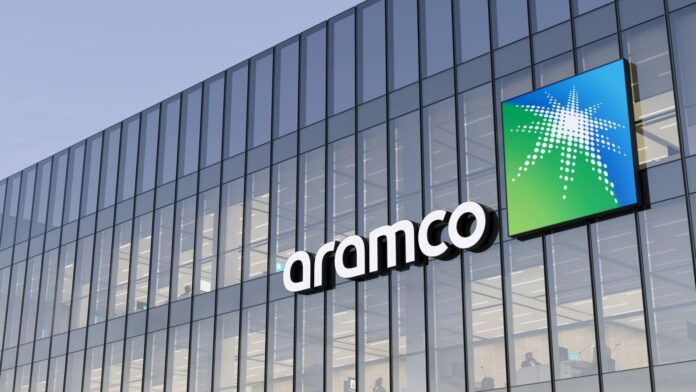Moving away from the target to reach 13 million b/d capacity by 2027, is not expected to tighten supply and demand balance this decade.
Addressing the Saudi Ministry of Energy’s instructions to Saudi Aramco to abandon its 13 million barrels per day (b/d) target and maintain 12 million b/d, Ann Louise Hittle, vice president of Oil Markets at Woods said: “Based on our forecast for oil demand to peak in 2030, the shift to a 12 million b/d target from 13 million b/d should be absorbed in the
market and not cause a tightening in the supply and demand balance this decade.”
From Woods analysis, for H2 2023, Saudi Arabia’s crude oil production averaged 9 million b/d and this level is projected to continue for H1 2024 with an average of 9.1 million b/d, which also leaves the company’s spare crude production capacity at 3 million b/d at present, apparently higher than the usual 2 to 2.5 million b/d cushions the Saudis to act as the main swing producer in the global oil market.
“In recent years, Saudi Arabia’s production has been curtailed at varying levels since the pandemic. With the production agreement and voluntary cuts introduced in 2022-2023, the need to increase capacity was becoming less pressing”, says Hittle. “With spare capacity higher than usual and a persistent need to reduce production, this is an astute time to abandon the 13 million b/d capacity target.”
Adding, Alexandre Araman, principal analyst, Upstream says he believes that recent cost increases in the industry and pressure on prices were not left out but were rather factored into the calculations that brought them into the decision.
“Aramco is heavily investing in a trio of oil megaprojects at Zuluf, Marjan, and Berri, along with infill drilling at its legacy fields to slow production declines”, says Araman.
“To increase capacity to 13 million b/d” he adds, “other expansion projects such as Safaniyah and Manifa, as well as the commercialization of new discoveries, are more than required.
But costs have substantially increased since the pandemic and it makes less sense now
for Aramco to go after projects that are getting more expensive when it doesn’t see opportunities to significantly increase production while prices are under pressure.”
Araman added that Aramco was investing in other opportunities besides crude oil, including the development of unconventional gas at the giant Jafurah Basin and the acquisition of a minority stake in MidOcean; in effect swapping additional investment in domestic oil for
gas.
“While concentration on domestic oil in the world’s most advantaged basin is clearly a huge positive, increasing exposure to domestic and international gas will add more diversity and boost sustainability,” said Araman.


